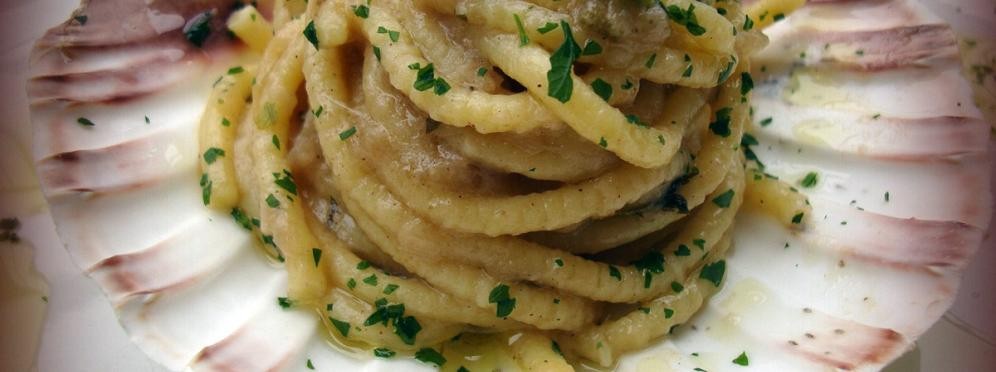Typical Food and Delicacies

Local cultivated lands, most of which under the sea level, are characterized by the presence of a large amount of sand in the soil, which makes them particularly draining and rich in minerals. The most famous and renowned vegetable cultivated in the area is the red radicchio of Chioggia (Cichorium intybus), also called "Rose of Chioggia", exclusive cultivation of the coastal area between Chioggia and Rosolina. Other traditional crop is the Zucca Marina of Chioggia (Cucurbita maxima), a pumpkin cultivated here since the end of the 17th century and made also famous by the Italian playwright Carlo Goldoni in his work "Le Baruffe Chioggiotte" (Chioggia’s fights). Well known for taste and quality are also the local violet artichokes (Cynara cardunculus), particularly appreciated for the "castraure" (the apical fruit of the plant), the red beet (Beta vulgaris), called "erbetta-rava" and two native varieties of white onion (Allium Cepa), the " white Musona " and the "Agostana", used since ancient times for the seafood preservation (sardines in saor) and in typical fish food preparations such as mussels and clams in cassopipa.
This region, however, remains the Italian benchmark for fishing and breeding of different species of molluscs. The sandy bottom of the Northern Adriatic Sea is the ideal environment for the growth of the sea clam (Chamelea gallina), locally known as bibarassa. Its harvest began in the '30s and, thanks to copious abundances, in a few years it made Chioggia the Italian reference point for clam fishery. In the same period, in the Lagoon with its shallow waters, the strong salinity and continuous supply of water by alternating tides, implemented a flourish activity: the breeding of mussels (Mytilus galloprovincialis), locally called peoci, and of the Philippine clam (Ruditapes philippinarum). The latter, not a native species, came from the Indian and Pacific Ocean, and was introduced for commercial farming in the Lagoon by the ‘80s. The Philippine clam, thanks to its greater resistance, rapidly adapted to local environmental conditions, and gradually supplanted the native clam (Ruditapes decussatus), now become very rare.
